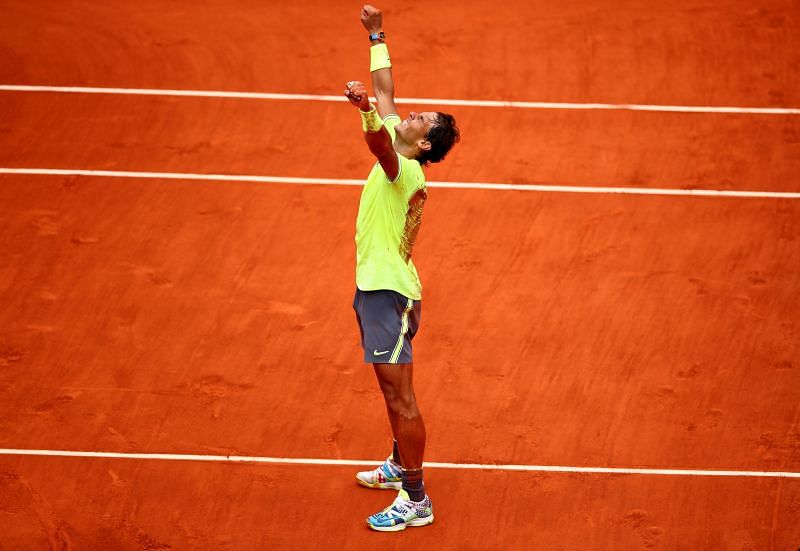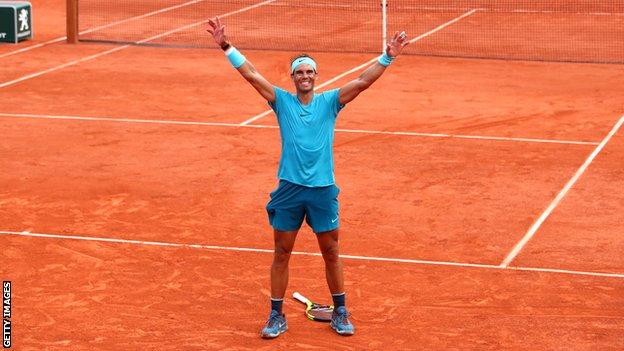By: Aaron Xiong
With the Miami Open entering the quarter-final stages, that means the the early hardcourt season is coming to an end. With the hardcourt season coming to an end, that means only one thing. The clay season is right around the corner.
The clay season is one of the longest on the ATP and WTA tours with the men’s tour consisting of the French Open which is one of the four Grand Slam events, The Monte Carlo, Madrid and Rome Masters which are all Masters 1000 tournaments and several other tournaments. However, switching from the hardcourts to the clay courts is no easy task for tennis players, including the pros.
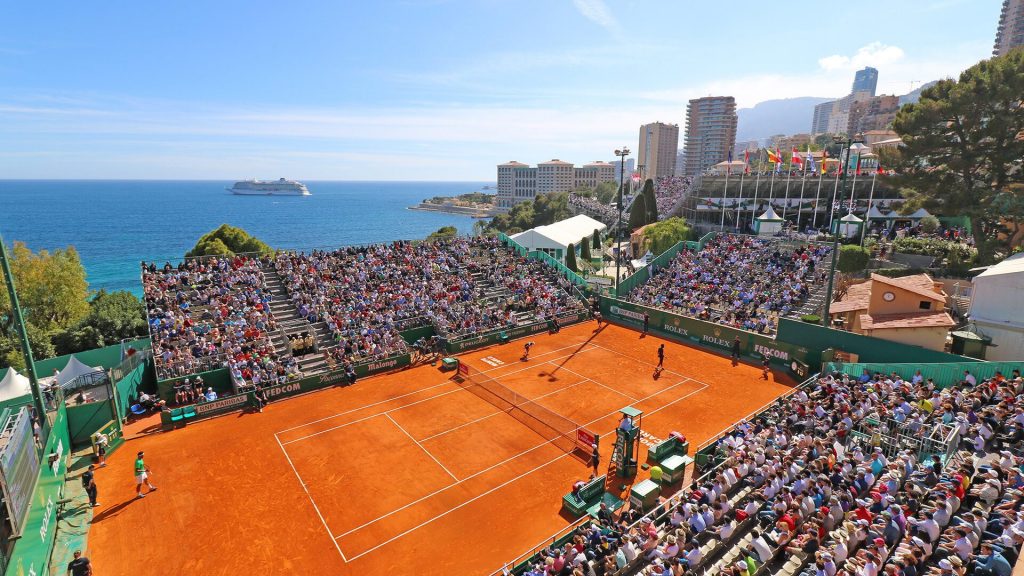
The clay court surface is unlike any other playing surface in sports. Clay courts alter the way tennis players have to play, the way the ball bounces, and the overall speed of the game. Much like hard courts, not all clay courts are created the same. Different material is used to create clay courts all around the world and players must adapt to each clay surface at each individual tournament. Clay courts also alter the way the ball bounces on the court. Since the clay courts create more friction with the ball since the court “moves” with the ball, once the ball bounces off the court, it kicks off the ground which makes the ball jump higher than on hard courts or grass courts.
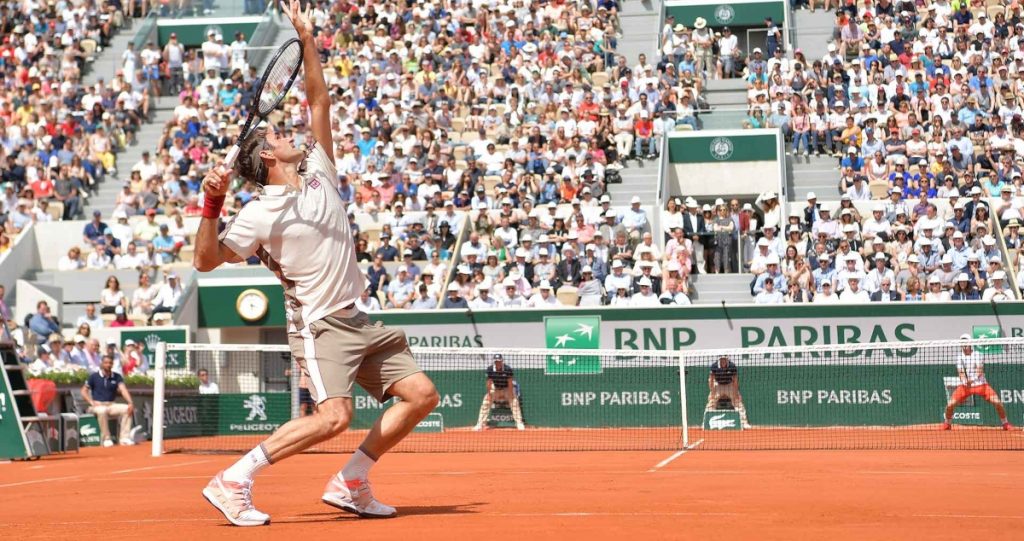
By increasing the height of the ball once it bounces off the ground, the playing speed is also reduced substantially. Players must wait for the ball to reach a lower height in order to hit a more accurate and powerful shot as well as play more defense due to higher bouncing balls. Defensive specialist and strictly baseline players prefer the clay courts as longer rallies are typically seen on this surface. However, the big servers suffer the most on clay as the it’s able to absorb a big serve’s momentum and slow down the pace of the ball. One handed backhand players also suffer due to the ball bouncing above the shoulder at times which makes it harder to hit a one handed backhand.
Clay is considered to be the hardest of the three surface types as many players have to adapt their playing styles accordingly. Many players also consider the French Open to be the hardest Grand Slam event to win as the typical windy conditions can make the tournament a tough one to make a deep run at.
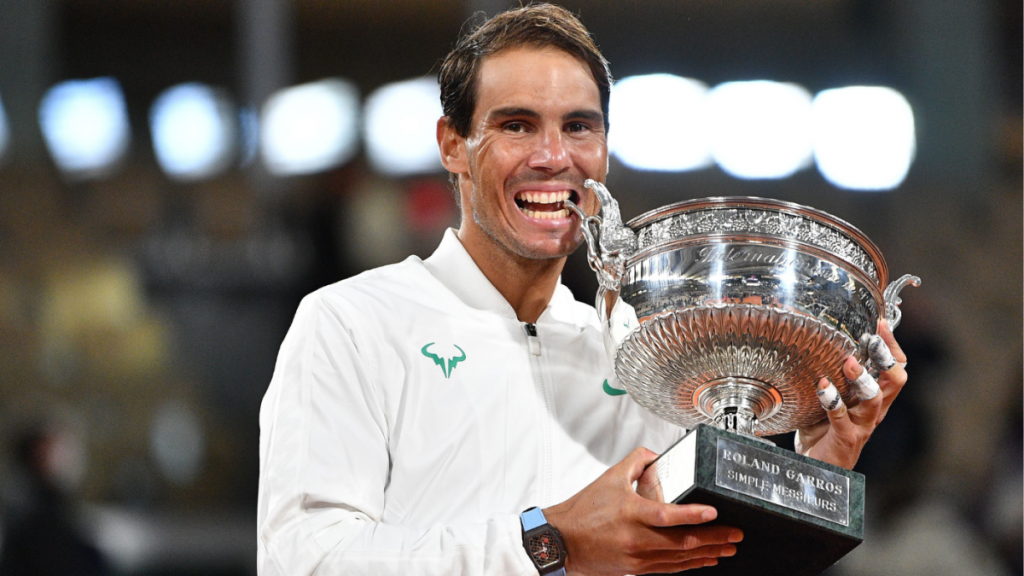
The greatest clay court player of all time, Rafael Nadal, has unbelievable numbers at clay court events on the ATP Tour. Rafael Nadal has won a record tying 20 Grand Slams with 13 of those titles coming at the French Open. Nadal is 13-0 in finals and has only loss twice at the French Open. The Spaniard legend is considered the greatest clay court player ever as he holds numerous records and accolades on the surface. He holds records at the three clay court Masters 1000 tournaments as well as the ATP 500 tournament in Barcelona. The 34 year old has won a record 11 Monte Carlo Masters, a record 9 Rome Masters, a record 4 Madrid Masters, and a record 11 Barcelona Open titles. Rafael Nadal’s legacy on the clay is one that tennis fans and legends alike marvel at when the clay season begins.
As the clay season looms over the tennis world, many wonder whether or not Nadal’s reign will end on the dirt and if someone else will take the throne.
